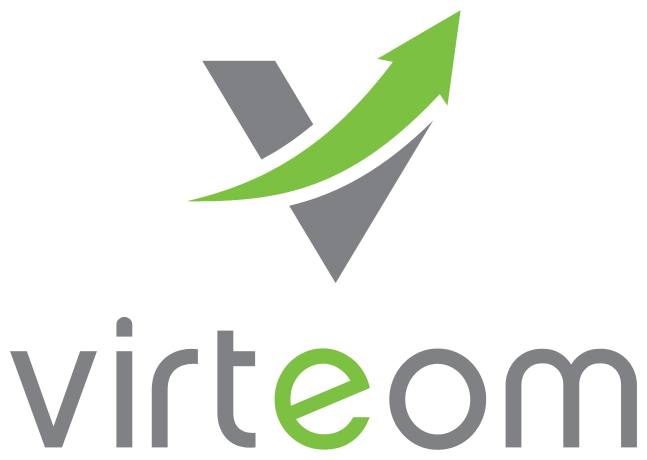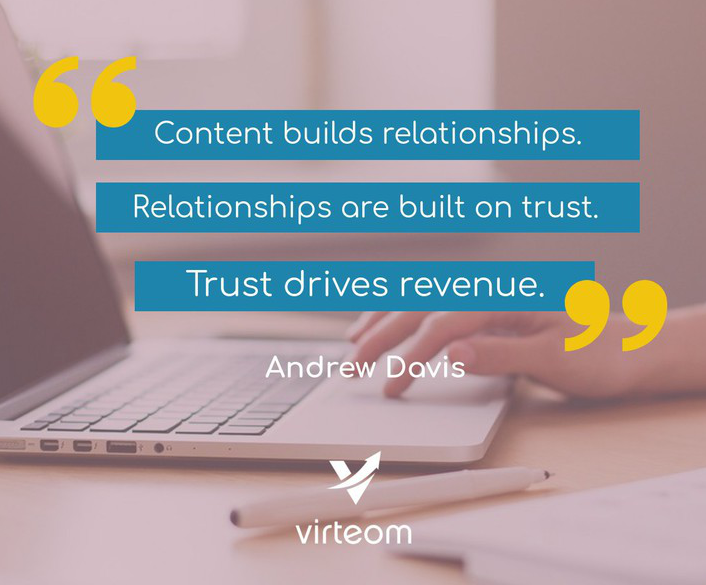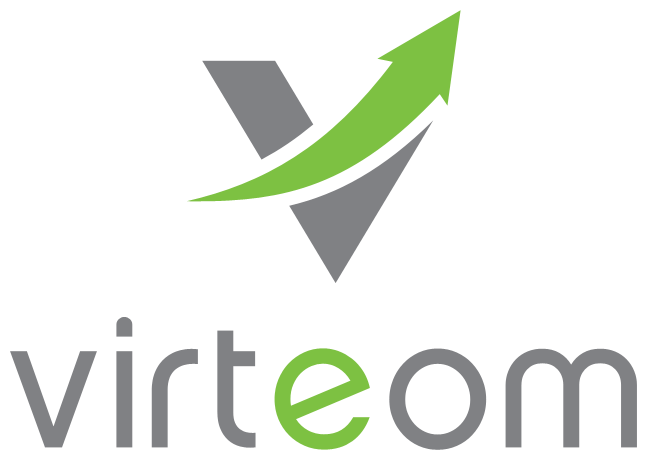Blog - Month: February 2018
Month: February 2018
5 Things To Know Before Advertising Online
Online advertising meets consumers where they hang. It's effective and its success continues to grow with the explosion of technology and SaaS platforms. There are hundreds of strategies to online advertising and many places you can post ads. So where do you start? Your Online Advertising Options There are many places to advertise online but for our purposes here, we are going to break it down into two ad types: Passive and Active Advertising. Think about these from the customer perspective; are they finding your ads in passing or are they searching for the answer? Active Advertising Active advertising means that the user you reach is actively looking for a solution to a problem. These are typically Search Ads but can also be found on sites like Yelp or Angie’s List. Have you noticed the results labeled “Ad” at the top? Search engine ads come up when you search for something on Google (or any search engine) and are based on PPC (Pay per click). Something to keep in mind here is that the cost of advertising on search engines varies depending on your competitors in the industry. These ads are good for products and services that solve urgent needs. For example, if you are a roofer, your customer will be seeking you out when their roof endures damage. Passive advertising Passive Advertising means that the user finds your solution while doing something else. The first thing you think of here is social media. How many times do you see
7 Tips On Lead Generating Content
Content is king, but what does that mean for you? How will it keep your business moving forward when content writing requires so much time? How will that bring leads in? You’re want to write the best content because you want your customers to find you first, find you fast, and find what they need. Creating valuable content that finds its way to your audience requires you to stay true to your purpose, the customer. Of course, efficiency makes it happen week after week — drawing in consumer and search engine traffic through frequency and follow through. But successful web content come from the value within it. Use these seven tips to get your content done right and get ready to see the leads roll in. 1. Know Your Purpose and Plan An editorial calendar lays out content topics ahead of schedule. This tool saves valuable time and defeats creator’s block. Knowing your purpose for each piece of content and how it fits into your goals keeps you on track. Try grouping similar topics together for content that fills the calendar and helps writing flow. When your all of your content is connected to each other, it has a better chance of connecting with your readers. 2. Interact With Customers Understanding your customers enables you to create content they want. Initiate conversations via social media. Conduct surveys, and listen to customer conversations, questions and pain points. Use these common themes to fuel content creation. Doing so




